Service hotline
+86 0755-83975897
Release date:2024-11-20Author source:KinghelmViews:1901
Wireless communication technology is an integral part of modern life. From cellular networks to Wi-Fi and satellite communication, wireless signals are responsible for the seamless connectivity we enjoy daily. At the heart of these systems are wireless antennas—vital components that facilitate wireless transmission. Antennas convert electrical signals into electromagnetic waves (wireless signals) that travel through the air and vice versa. This article explores the fundamental principles of how antennas transmit signals, diving into the physics behind the process.
An antenna is a critical component of any wireless communication system, serving as the interface between electrical signals and electromagnetic waves. In essence, an antenna transmits (or receives) radio waves. In transmission mode, it converts electrical signals from a source into electromagnetic waves that propagate through space.
Radio waves are a type of electromagnetic wave, characterized by specific frequencies and wavelengths. These waves can travel through the air without needing a physical medium like cables. The operation of an antenna is based on fundamental principles of electromagnetism, particularly the interaction between electric and magnetic fields.
The operation of a wireless antenna involves several key steps:
The process starts when an electrical signal is fed into the antenna. This signal is typically generated by a wireless device such as a smartphone, radio station, or Wi-Fi router, and carries information such as audio, data, or other content.
When the electrical signal enters the antenna, it causes current to flow through the antenna's conductor. This flow of current generates alternating electric and magnetic fields around the antenna. According to the principles of electromagnetic induction (Faraday's Law) and Ampere's Law, these changes in current create oscillating electromagnetic fields.
As the current flows and changes, the alternating electric and magnetic fields interact, generating electromagnetic waves. These waves then radiate outward from the antenna at the speed of light. Electromagnetic waves are composed of oscillating electric and magnetic fields, which are perpendicular to each other and to the direction of wave propagation. This mechanism enables wireless signals to travel over long distances and bypass obstacles.
Once radiated, electromagnetic waves travel through space. The characteristics of wave propagation are influenced by the frequency and wavelength of the waves. Lower-frequency waves tend to travel farther, while higher-frequency waves offer higher data transmission rates but cover shorter distances.
The design of an antenna plays a crucial role in its ability to transmit and receive signals. Common types of antennas include:
The frequency and wavelength of a signal directly influence the size and design of an antenna. The relationship between wavelength (λ) and frequency (f) is given by the equation:
λ = c / f
where c is the speed of light (approximately 3 × 108 meters per second). As frequency increases, the wavelength decreases, allowing for smaller antenna designs:
The radiation pattern of an antenna defines how it distributes signal strength in various directions:
Antenna gain measures how much an antenna increases signal strength in a particular direction compared to an ideal reference. High-gain antennas focus energy in one direction, improving signal strength but usually sacrificing coverage in other areas.
The transmission of wireless signals via antennas depends on the principles of electromagnetic wave propagation. Antennas convert electrical signals into electromagnetic waves, enabling communication across distances. The design of antennas—based on frequency, wavelength, and application—affects performance factors like radiation patterns and gain.
Advancements in antenna technology continue to support the growing demands of wireless communication. Future antennas are expected to be more compact, precise, and efficient, enabling faster, more reliable, and longer-range communication systems.
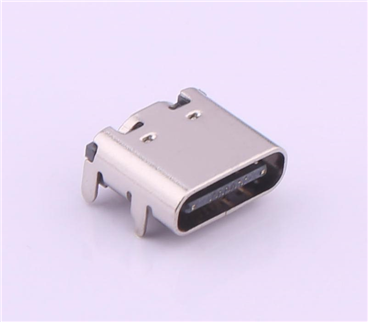
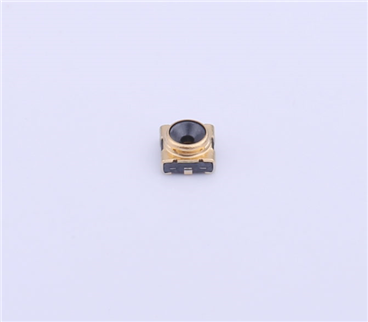

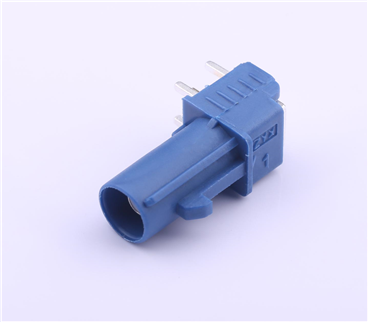
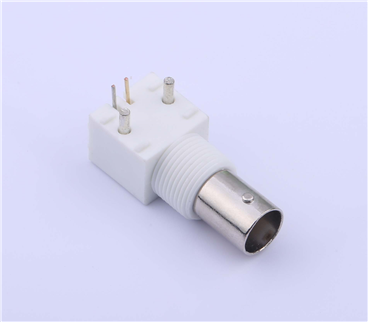
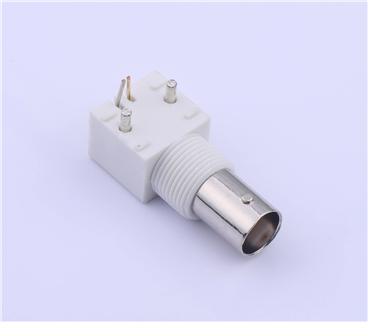
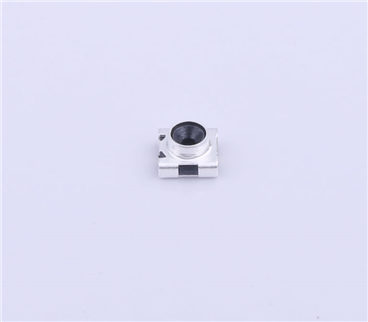
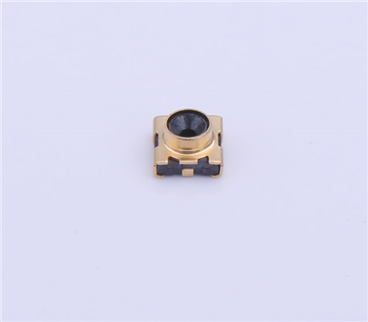
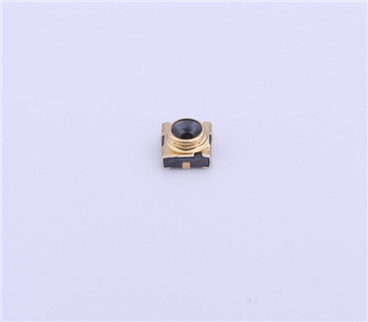

Copyright © Shenzhen Kinghelm Electronics Co., Ltd. all rights reservedYue ICP Bei No. 17113853